×
SparkFun will be closed on Tuesday, December 24th, and Wednesday, December 25th, in observance of the Christmas holiday. Any orders qualifying for same day shipping placed after 2:00 p.m. (MST) on Monday, December 23rd, will be processed on Thursday, December 26th, when we return to regular business hours. Wishing you a safe and happy holiday from all of us at SparkFun!
Please note - we will not be available for Local Pick up orders from December 24th-December 27th. If you place an order for Local Pick-Up we will have those ready on Monday, December 30th.
Success With SparkFun: User Stories
Every day our community creates something awesome with SparkFun products. Here are just a few of their stories. We hope this page provides inspiration for your next project and encourages you to start something.
Get Your Project Featured!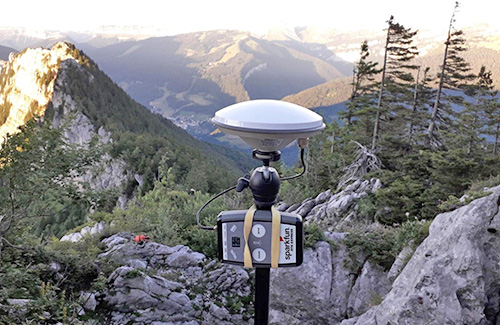
Caving with RTK
Whether it’s exploring uncharted caves in France or contributing to an Open Source street-mapping project, Eric Siebert relies on the SparkFun RTK Express for the positional accuracy he needs.

Cryologging the Cryosphere
When Adam Garbo of the Water and Ice Research Laboratory at Carleton University saw a lack of data coming from the cryosphere, he turned to an affordable, open-sourced solution he dubbed the Cryologger.
Tracking Sea Ice with the Artemis Global Tracker
When Jean Rabault was looking for a cheaper and more compact way to collect data on sea ice for the Norwegian Meteorological Institute, he looked to the Artemis Global Tracker (AGT) as an alternative.
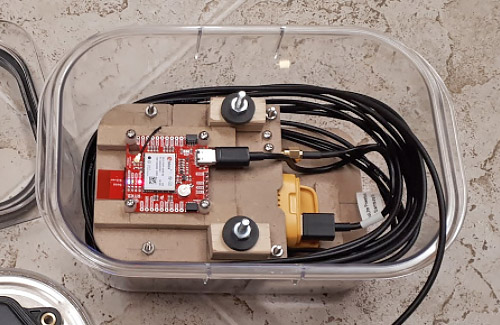
GPS RTK Brings Orienteering Dreams to Life
When avid orienteer Don Bayly needed a way to make his orienteering maps more accurate, he started researching GPS options. His need for a small footprint and extreme accuracy led him to the SparkFun GPS-RTK2 Board - ZED-F9P (Qwiic).

Using u-blox GPS for Greater Precision
While pursuing his passion of autocross, Anker Berg-Sonne found himself in need of an inexpensive, high precision and upgradable data logger. To fit his needs, he turned to the SparkFun GPS Breakout - Chip Antenna, SAM-M8Q (Qwiic).
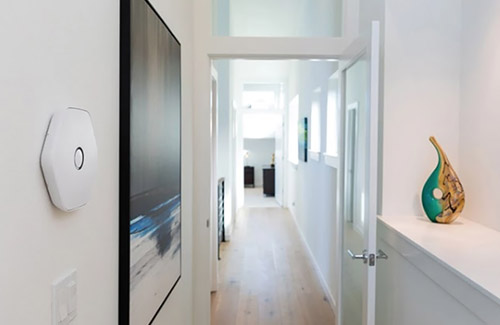
Using RFID to Prevent Property Theft
Theft is a problem Kevin Fahsholtz, VP of Business Development for Kirio, has faced before. At a prior company, he managed a large number of vacation rental properties. Fahsholtz shared an example of a scenario Kirio hopes to prevent.
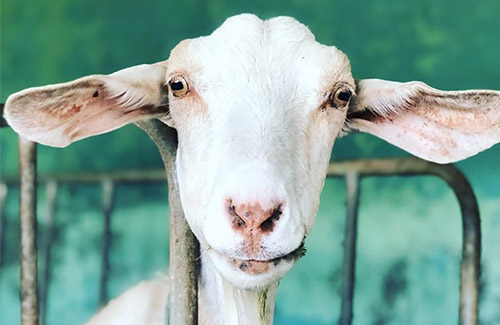
Using RFID to Track a Goat Herd's Health
Cory Spencer runs a 150-head goat dairy farm. One problem he encounters is that most technology for dairy farmers is designed for cows, not goats. Due to the specific needs of goats he needed to craft his own solution to manage the health of his herd.

Improving Timing with Distance Sensing
While working as a fitness director, Ryan Turner realized there were plenty of opportunities for innovation in the industry. He used his interests in fitness and hobby robotics to create an innovative timing system that fit the needs of many.
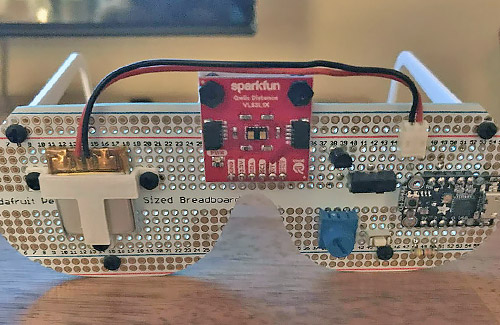
Distance Sensing Glasses Offer Alternative Vision
While on vacation a few years ago, Tommy Sullivan met a woman who had become blind after the birth of her first child. This encounter led him to start thinking about how technology could be used to help those with vision impairments.
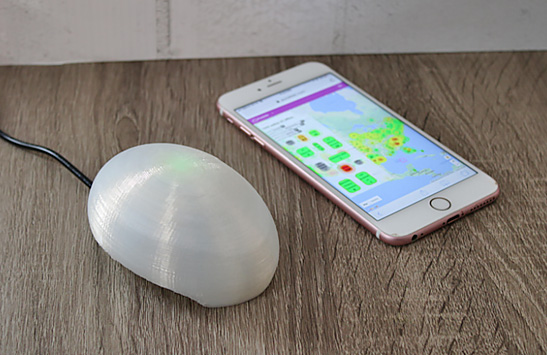
SparkFun OpenLog Brings Data Logging to Air Quality Sensors
When a gravel pit blew dust into the surrounding area, Adrian Dybwad was curious to find out how much dust was actually in the air. This quest ultimately led to the founding of PurpleAir and the creation of “a global network of nearly 11,000 [air quality] sensors.”

Sustainable Farming Practices with Machine Learning
The 2050 Robotics Lab is working on a number of agriculture and environmental projects that include using robots to plant crops on high sloped hills, finding and spot treating pests in crops, and locating blue-green algae on open surface water.
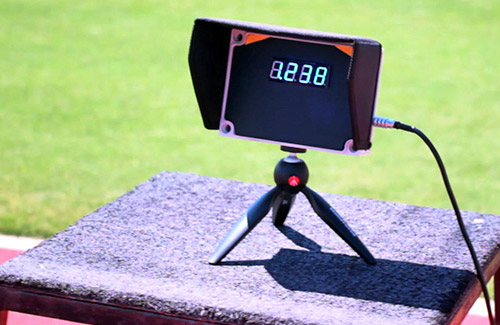
More Efficient Sprinting with Arduino
Running and sprinting are simple in theory - put one foot in front of the other as fast as possible. It’s not rocket science, but it is a science. See how the Bounce Box, using Arduino, provides instant feedback on athlete’s ground contact time.
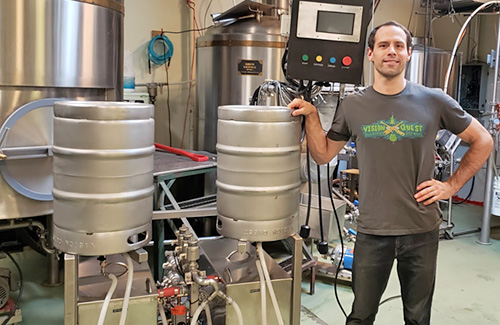
Automatic Keg Washer with Raspberry Pi
Over the years, the combination owning a homebrew store and nano brewery has led Greg Kallfa to experiment with incorporating electronics into a number of projects to improve the brewing experience.
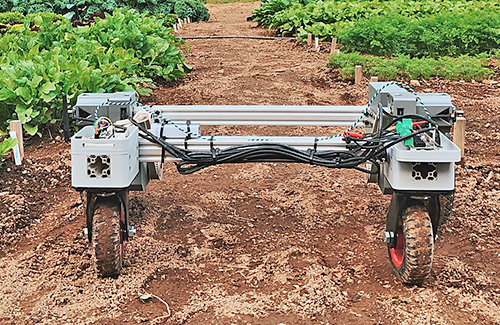
Custom Farming Solution
Developing a system for long-range communication to support autonomous micro-tractors.
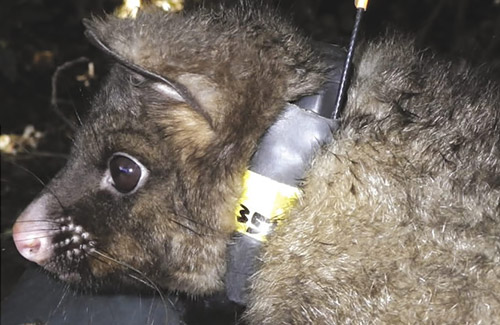
Tracking Possums with RFID
Nonprofit Landcare Research is working to better understand how possums interact with traps in order to improve capture rates. They have chosen to use RFID components due to their low cost and ability to identify individual possums.